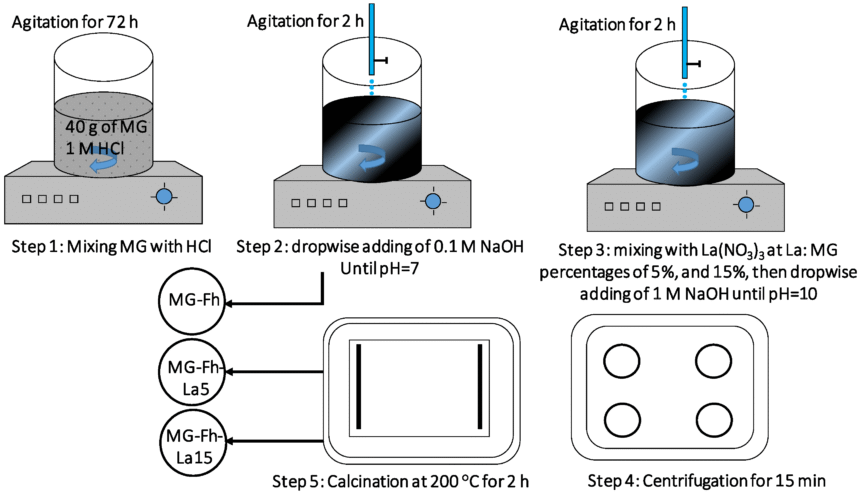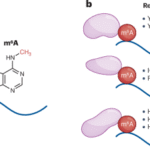Introduction
Blue carbon is defined as the organic carbon fixed from the atmosphere by marine ecosystems such as mangroves, tidal marshes, and seagrass beds. These ecosystems play a crucial role in sequestering significant amounts of carbon compared to terrestrial ecosystems, thereby contributing effectively to climate change mitigation. However, they face increasing threats from climate change (including sea-level rise and rising temperatures) as well as human pressures such as urban expansion and deforestation.
In the Sultanate of Oman, mangroves are found at approximately 32 locations along the coast. These systems constitute a sensitive and highly valuable environment for storing blue carbon. Despite ongoing efforts to protect and restore these forests, there is an urgent need to quantify the carbon stored within them, especially considering the impacts of monsoons and various human activities on their carbon sequestration capacity. This study aims to measure blue carbon stocks in both natural and planted mangroves along the Omani coast, analyze the impact of climatic factors such as monsoons on these stocks, and examine the relationship between sequestered carbon and local community activities. Additionally, the study employs geospatial and statistical modeling to determine the spatial distribution of these stocks.
Importance of the Study
This study is significant for several reasons:
- It highlights the Sultanate of Oman’s role in reducing carbon emissions through marine ecosystems, addressing the growing international attention on blue carbon over the past decade.
- It represents the first comprehensive field assessment of blue carbon stocks in above- and below-ground biomass as well as in soil within marine mangrove forests in Oman.
- The study provides crucial quantitative data on spatial variation in carbon content between natural and planted mangrove forests, enhancing scientific understanding and informing protection and restoration plans.
- The findings will help guide climate change mitigation and adaptation priorities in Oman by providing accurate and reliable information on the carbon sequestration capacity of these forests.
- The study contributes to increasing community awareness and understanding of the importance of blue carbon and the role of marine mangroves in a desert environment.
Research Methodology
Samples were collected and analyzed from five selected sites along the Omani coast, including four estuaries and one nature reserve. The selected sites are Shinas, Al Batha, Falim, Great Qurm, and Qurm Nature Reserve.
- Data Collection: Samples of aboveground biomass (AGB) and belowground biomass (BGB) were taken from mangroves in both natural and cultivated sites, alongside measurements of soil carbon stocks.
- Soil Analysis: Dry Bulk Density (DBD) and Organic Carbon Content (%Corg) were analyzed to estimate the amount of carbon stored in the soil.
- Spatial Assessment: Geographic Information Systems (GIS) and statistical tools were used to describe the spatial variation of carbon stocks.
- Temporal Analysis: Samples were collected at different times before, during, and after the monsoon season to assess its impact on carbon sequestration capacity.
- Correlation Analysis: The study examined the relationship between stored carbon and local community activities at the studied sites.
Results
Preliminary results indicate significant amounts of blue carbon are sequestered in Omani mangrove forests, with clear variation among different sites. Notably, carbon stored in natural mangrove trees was higher compared to planted trees, indicating greater carbon retention capacity in natural forests. Research is ongoing to further assess the impact of monsoons on carbon sequestration rates in mangrove environments.
The study also revealed a correlation between local human activities—such as grazing and deforestation—and reduced carbon sequestration rates, confirming the negative impact of human pressures on these sensitive ecosystems. Furthermore, residents living near mangrove environments reported concerns including unpleasant odors and insect proliferation.
Conclusion
This study confirms the vital role of marine mangrove forests in the Sultanate of Oman as important sinks for blue carbon sequestration, particularly in the face of accelerating climate change and various human threats. Quantitative assessment of biological and soil carbon stocks provides essential scientific evidence to support conservation and restoration efforts and underscores the necessity of integrating conservation policies with climate change adaptation and mitigation programs. We hope the study’s findings will inform recommendations to increase support for national mangrove restoration initiatives, raise community awareness of their importance, develop continuous monitoring systems for blue carbon stocks, and encourage future research over longer timeframes and a broader range of environmental variables to deepen scientific understanding of this critical ecosystem.











